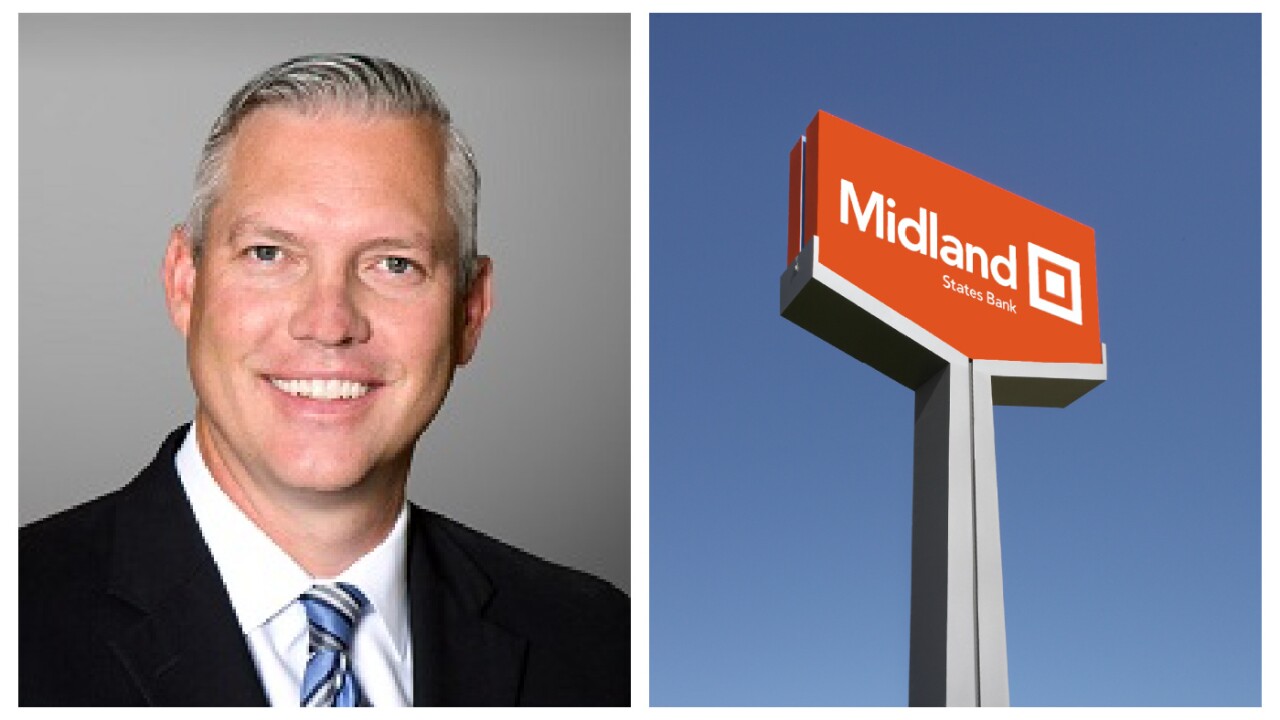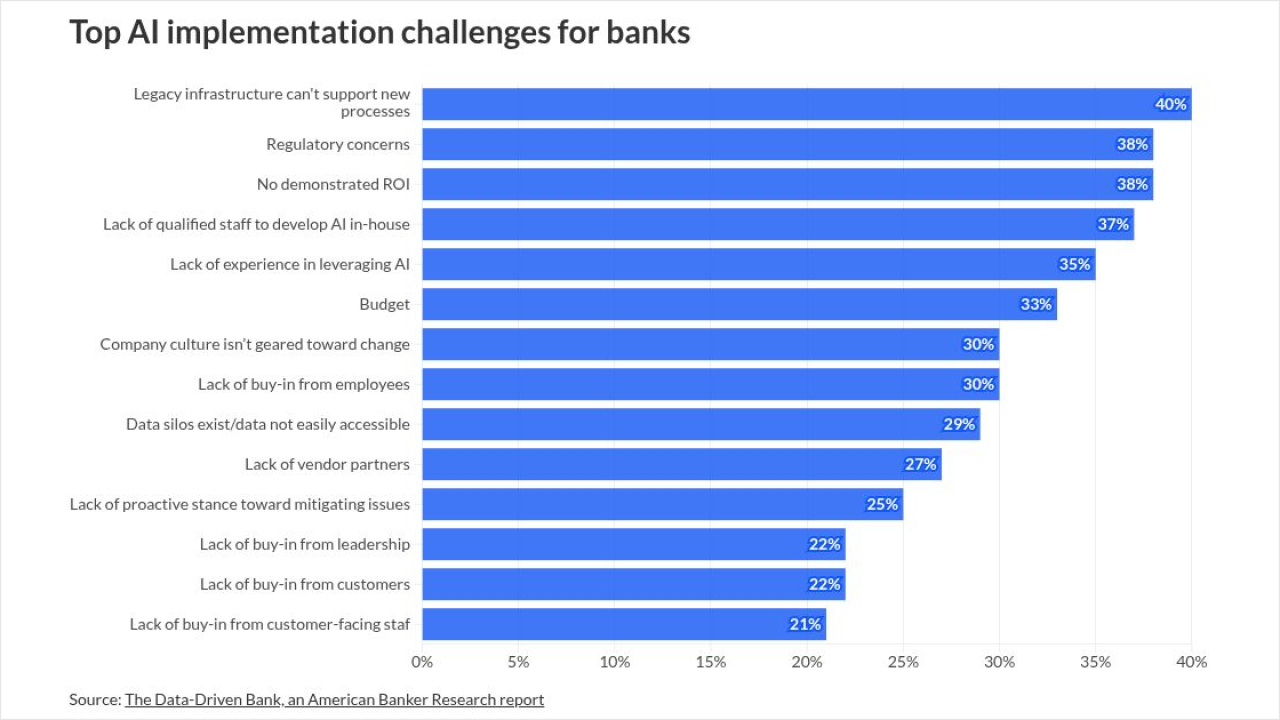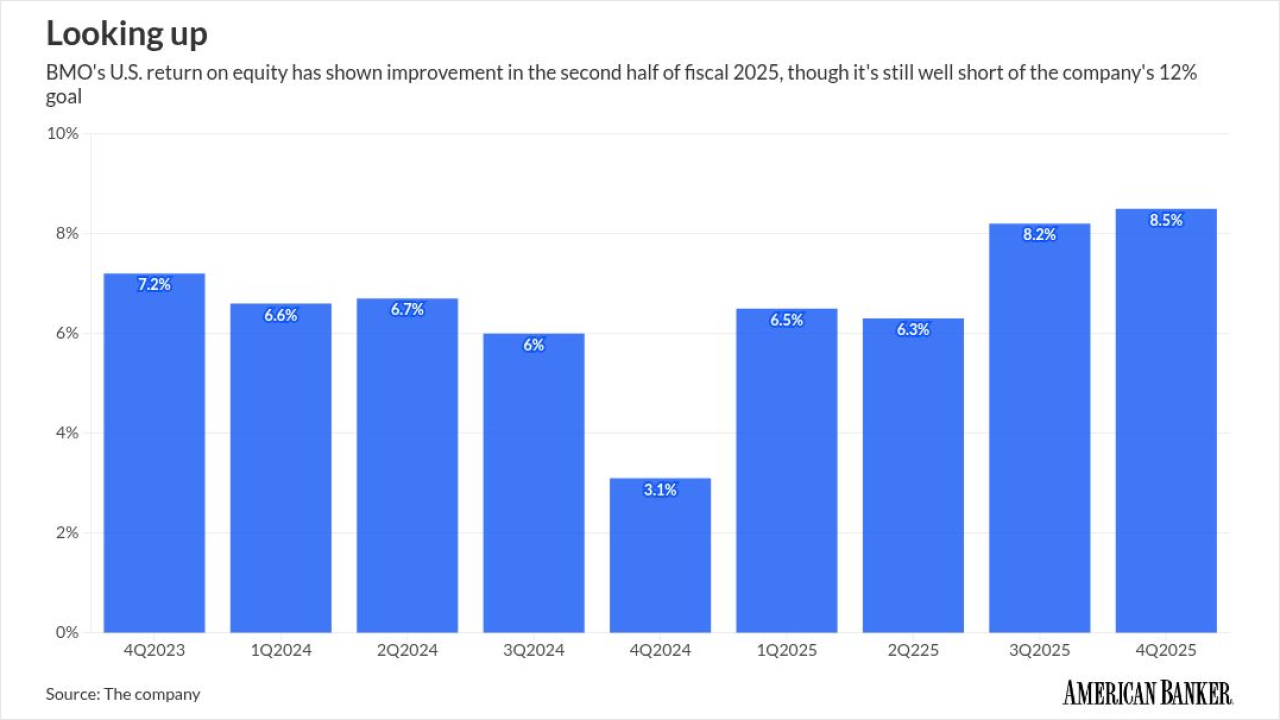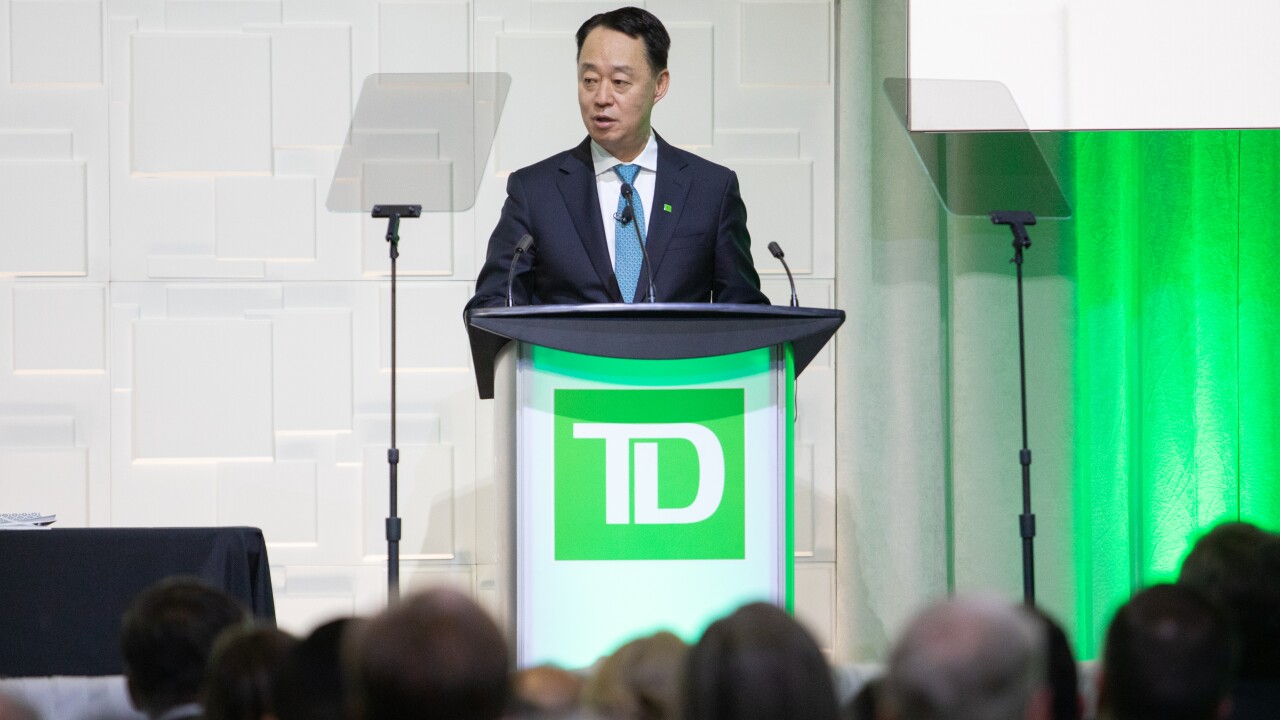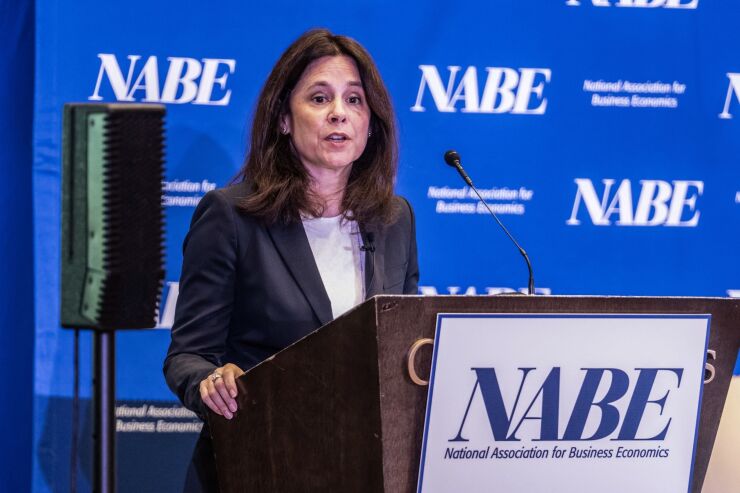
A top Federal Reserve official says the central bank's interest rate-setting committee should continue to keep interest rates steady for the time being, saying inflation must cool still further before rates come down.
Lorie Logan, president of the Federal Reserve Bank of Dallas, took a cautious stance in regard to future monetary policy Tuesday, highlighting the need to see how inflation numbers and the labor market play out in the months to come.
During a speech at the nonprofit World Affairs Council of San Antonio, Logan — who is serving as an alternate on the Federal Open Market Committee this year but who will serve as a voting member next year — emphasized that while numbers show inflation has trended downward in recent months, reaching 2.3% in the
"I'd like to see low inflation continue longer to be convinced," Logan said.
Logan added that her stance on interest rates is not entirely dependent on inflation, however, and could see a scenario in which a combination of a weakening labor market and softer inflation could prompt interest rate cuts in the quarters ahead. Her comments come against the
Logan said that her base theory for future monetary policy is keeping rates "modestly restrictive for some time to complete the work of returning inflation sustainably to the 2% target."
The main reason for a conservative approach, she said, relates to
Logan also noted the Dallas Fed's trimmed mean PCE inflation rate — a metric developed by the Dallas Fed that trims inflation outliers in goods and services — stood at 2.5% over the past year and at 2.7% over the past six months, signaling that there's "more ground to cover to achieve our long-run inflation goal," Logan said in her remarks.
"All this adds up, for me, to a base case in which monetary policy needs to hold tight for a while longer to bring inflation sustainably back to target — and in this base case, we can sustain maximum employment even with modestly restrictive policy," she said.
During last month's meeting, Fed
The head of the Dallas Fed can, however, see a future in which inflation is not responsive to tariffs and the labor market starts to sputter, which could push cutting interest rates to the forefront.
"History teaches that when higher inflation expectations become entrenched, the road back to price stability is longer, the labor market is weaker, and the economic scars are deeper," she said.
"Yet if we don't cut rates soon enough, the labor market could weaken more. Those job losses, too, would be painful. But we'd have the option of cutting rates further to get employment back on track," Logan added.



